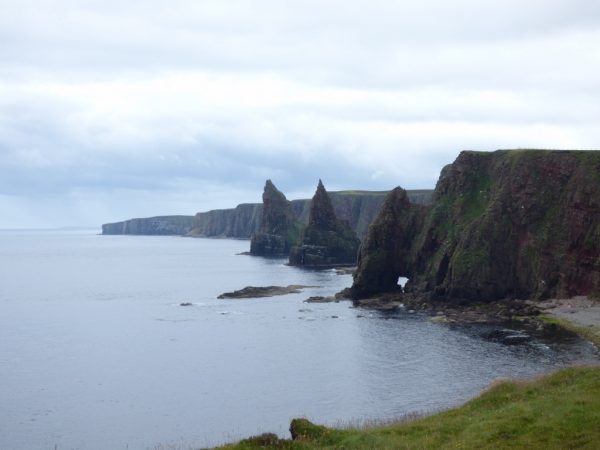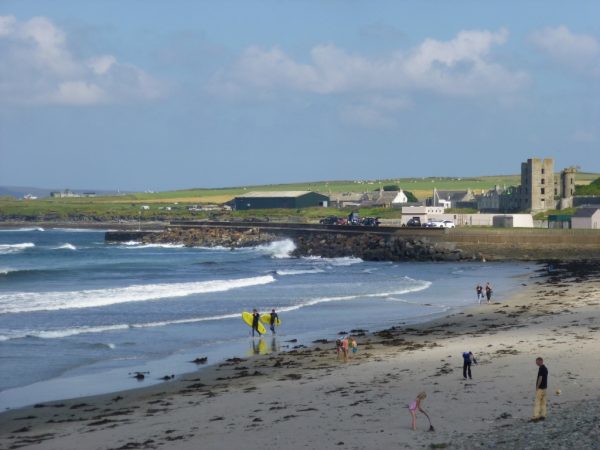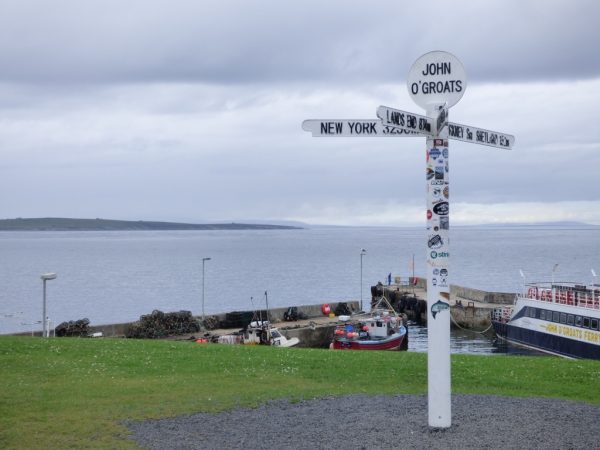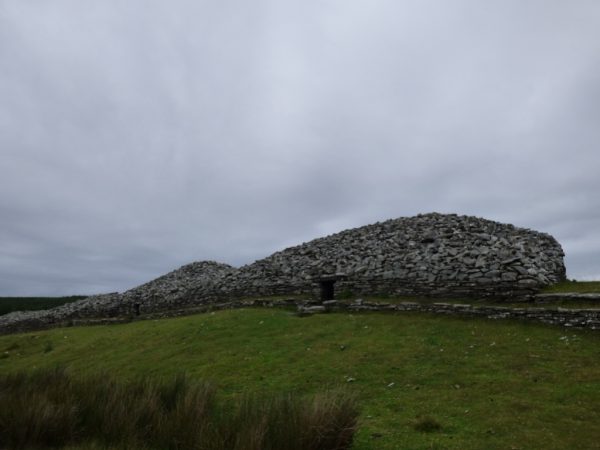
Go World Travel is reader-supported and may earn a commission from purchases made through links in this piece.
The Kingdom of the Cats
I’m lucky enough to live in one of the most unspoiled areas of land in the UK – the Kingdom of the Cats.
Nestled in the top northeast triangle of the Highlands, on roughly the same latitude as Juneau, Alaska, and better known as the Far North (or the lowland beyond the Highlands).
Planning a last-minute trip to Scotland?
Top Experiences and Tours in Scotland:
- See the sights with a tour of Loch Ness, Scottish Highlands, Glencoe & Pitlochry Tour from Edinburgh
- See castles in Edinburgh: Edinburgh Castle Guided Tour w/ Fast-Track Entry
- Explore more with this tour of Inverness: Isle of Skye and Eilean Donan Castle Day Trip
Where to stay in Scotland:
- Find accommodation with Booking.com
- Get a rail pass through Rail Europe
- Find Bus, Train, and Flight tickets with one search through Omio
It is a county of wide-open spaces, curious wildlife, stone slab walls, sparkling coastlines, sandy beaches and friendly locals.
Indeed, travelers often use it as merely a stopover on the way across the sea to Orkney, which as a whole promotes itself much more robustly as a tourist destination.
But stay for a bit, and you’ll discover that the Kingdom of the Cats has many jewels in its crown.
Best Tips & Tools to Plan Your Trip

County of Caithness
So named for the Pictish Kati tribe, who inhabited the area in the dark ages, it is now better known as the county of Caithness, and is a four-hour train journey north of Inverness.
Due to its location, Caithness was historically cut off from the rest of Scotland. Rather than sharing the Gaelic influence with its neighboring county, Sutherland, it mostly takes influence from the Vikings.
They invaded this vast, rugged county around the same time they invaded the Shetland and Orkney islands.
Only a fifth of the 618 square miles is cultivated, the rest given over to peat bogs, and the famous Flow Country, one of the greatest wildernesses in Europe and home to numerous birds, plants and insects.
The Herring Industry
Standing stones, brochs, burial chambers and ruined castles stand stark against vast skies and endless moors, while empty cottages and crofts scattered around the inner parts of the county are testament to the booming herring industry of the 19th century that drew much of the inhabitants to the coast.
The herring industry was centered around the bustling port town of Wick on the east coast. Now with a population of around 8000, the herring industry is long dead, but there is a small marina for yachts, and frequent cargo ships offloading timber or wind turbines.
Visitors can enjoy a walk around the busy harbor, followed by tea and cake at the quayside café. A walk down the cobbled streets through the old town takes you to the Heritage Museum, which gives a history of Wick in its herring heyday.
Minutes from the harbor is Ebenezer Place, the world’s shortest street at just 6 feet 9 inches.
While here, pop into Mackay’s Hotel for a dram of Old Pulteney malt whisky, distilled just a few streets away, and voted best in the world by John Murray’s whisky bible.
If you have time on your hands, take a 15-minute walk up to the distillery itself and enjoy a guided tour.

A 20-minute drive across the county takes you to Thurso on the north coast, the second of only two towns in Caithness.
Thor’s River
Thurso was an important Norse port – its name means ‘Thor’s River’ in Old Norse – and later had a booming trade with ports throughout northern Europe.
This died off after the 19th century and Thurso became a ghost town until the Dounreay Nuclear Power Plant was built in the 1950s, causing an influx of inhabitants who breathed new life into the town.
The Power Plant is now decommissioned, but these days Thurso has a thriving high street full of independent shops, and the excellent Caithness Horizons, which details the history of Caithness from 380 million years ago to the present day.
It also has art exhibitions, a gift shop and a café.
Be sure to visit Mackay Grocers, which has an excellent selection of local produce, then have a wander around the harbor, which, unlike Wick, does not see any boats these days.
However it’s worth a visit to look across the river to the ruins of Thurso Castle, then walk along the sandy beach and clifftop for stunning views across to Orkney on the horizon. If the tide is right, watch the surfers catch some waves in the bay.
Thurso is deemed to have some of the best surfing conditions in the world, and you can even have a lesson if you’re feeling adventurous.
Out with the towns, a visit to John O Groats is a must; incorrectly believed to be the most northerly point in Britain, it is a hub for tourists.
There is a gift shop with Scottish-themed souvenirs, plus an excellent snack van and an equally excellent ice cream shop.
A short drive takes you to Duncansbay Head, where you can walk across some moorland to the famous Duncansbay Sea Stacks, and a seabird colony where fulmars, gulliemots and puffins are frequently spotted.
Dunnet Head is along the coast from John O Groats, back in the direction of Thurso, and is the true most northerly point on mainland Britain.
The lochs surrounding Dunnet Head are stocked with brown trout, and popular with anglers. While at Dunnet, take a walk along Dunnet Beach, a three-mile sandy beach with sloping dunes and beautiful views over the bay.
The Visitor Center
There is a visitor center in the car park, where you can find out more about the local wildlife and conservation efforts, and the award-winning Rock Rose Gin distillery is nearby.

For those interested in ancient history, take a trip to Camster Cairns. These bronze-age burial cairns are among the oldest stone monuments in Scotland, and are at least 5000 years old –older than the Egyptian Pyramids.
Their remote location at the edge of the Flow Country gives them an eerie, haunting atmosphere. The surprisingly roomy chambers within the cairns are accessible via a short crawl along a narrow passage.
Finally, no visit to Caithness is complete without a trip to the Castle of Mey, the late Queen Mother’s holiday home. She visited the castle regularly from 1955 until her death in 2002, and is much loved in the surrounding area.
The castle, garden and grounds are open to the public throughout the summer, along with a tea room, animal center, shop and visitor center.

The Highlands are a stunning part of the world, and any part of this beautiful region is worth a visit, however only in Caithness will you find that unique mix of Norse and Gaelic, of highland and lowland, of ancient history and nuclear innovation.
It feels like the edge of the world, but you’ll always find a warm welcome, so be sure to include the Kingdom of the Cats in your itinerary.
If You Go:
Get a rail ticket at https://www.scotrail.co.uk/
Find visitor info for the Castle and Gardens of Mey at https://www.castleofmey.org.uk/
Find lodging at https://www.mackayshotel.co.uk/
Inspire your next adventure with our articles below:
Author Bio: Andrea Wotherspoon is a writer living on the north coast of Scotland. She blogs about writing and life at https://www.fictionburns.co.uk

